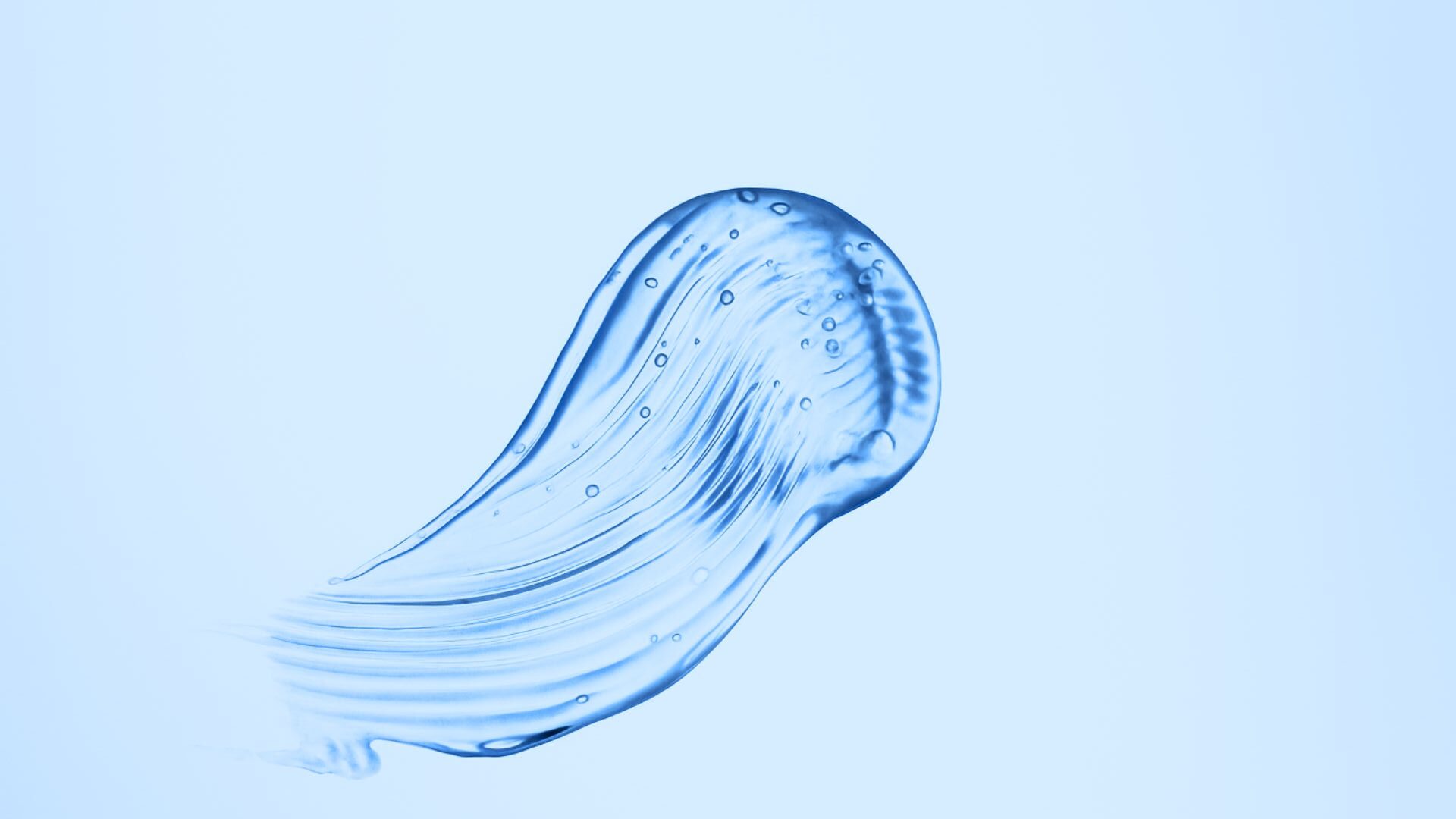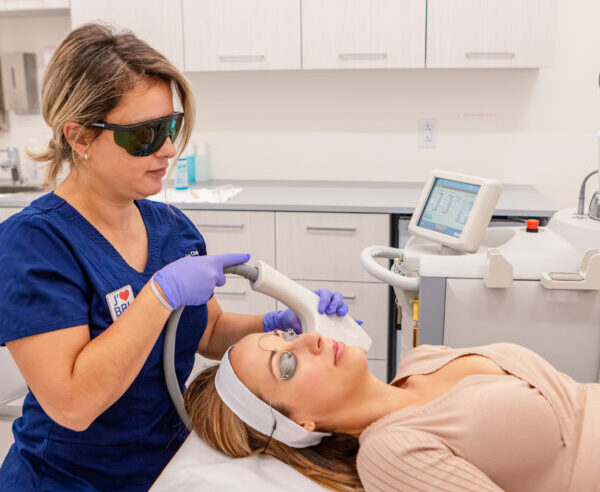
Listen to our podcast to learn more about biostimulators
When it comes to restoring facial volume, not all injectables work the same way. While hyaluronic acid (HA) fillers offer immediate plumping, biostimulatory injectables like Radiesse and Sculptra work deeper, encouraging your body to rebuild collagen for longer-lasting structural support. These regenerative treatments are part of a growing trend in aesthetic medicine known as biohacking, which focuses on stimulating the body’s own repair systems.
If you’re exploring the differences between Radiesse and Sculptra, this guide will walk you through how each option works, their benefits and limitations, and how to determine which injectable might best suit your facial anatomy and long-term goals.
Table of Contents:
Radiesse vs Sculptra: A Side-by-Side Comparison
Sculptra vs Filler: What’s the Difference?
Which Is Better: Sculptra or Radiesse?
What to Expect: Treatment Timeline
What Is Sculptra?
Sculptra is a Health Canada and FDA-approved injectable made of poly-L-lactic acid (PLLA). Unlike traditional fillers, it doesn’t work by physically filling lines or wrinkles. Instead, it stimulates your body’s natural collagen production to gradually restore volume and improve skin quality over time.
How Does Sculptra Work?
PLLA particles act as a collagen stimulator by triggering an inflammatory response in the dermis. This response activates fibroblasts to produce new collagen strands, which slowly replenish facial structure. The result is subtle and progressive volume restoration over a period of weeks to months.
Fabi et al. (2024) demonstrated that Sculptra significantly improves cheek wrinkles with long-lasting, natural-looking results, making it a strong option for patients seeking gradual and durable facial rejuvenation.
What Is Radiesse?
Radiesse is a calcium hydroxylapatite (CaHA) filler, also approved by both Health Canada and the FDA. It differs from Sculptra in that it provides instant volume through its gel carrier, while also stimulating collagen and elastin over time.
How Does Radiesse Work?
Upon injection, the gel matrix delivers immediate contour and lift. Over time, the CaHA microspheres stimulate collagen formation, and the gel gets absorbed, leaving behind firmer, more structured tissue (Berlin et al., 2008). Radiesse is also used in a hyperdiluted form to improve skin texture and elasticity in areas like the neck and décolletage.
Radiesse vs Sculptra: A Side-by-Side Comparison
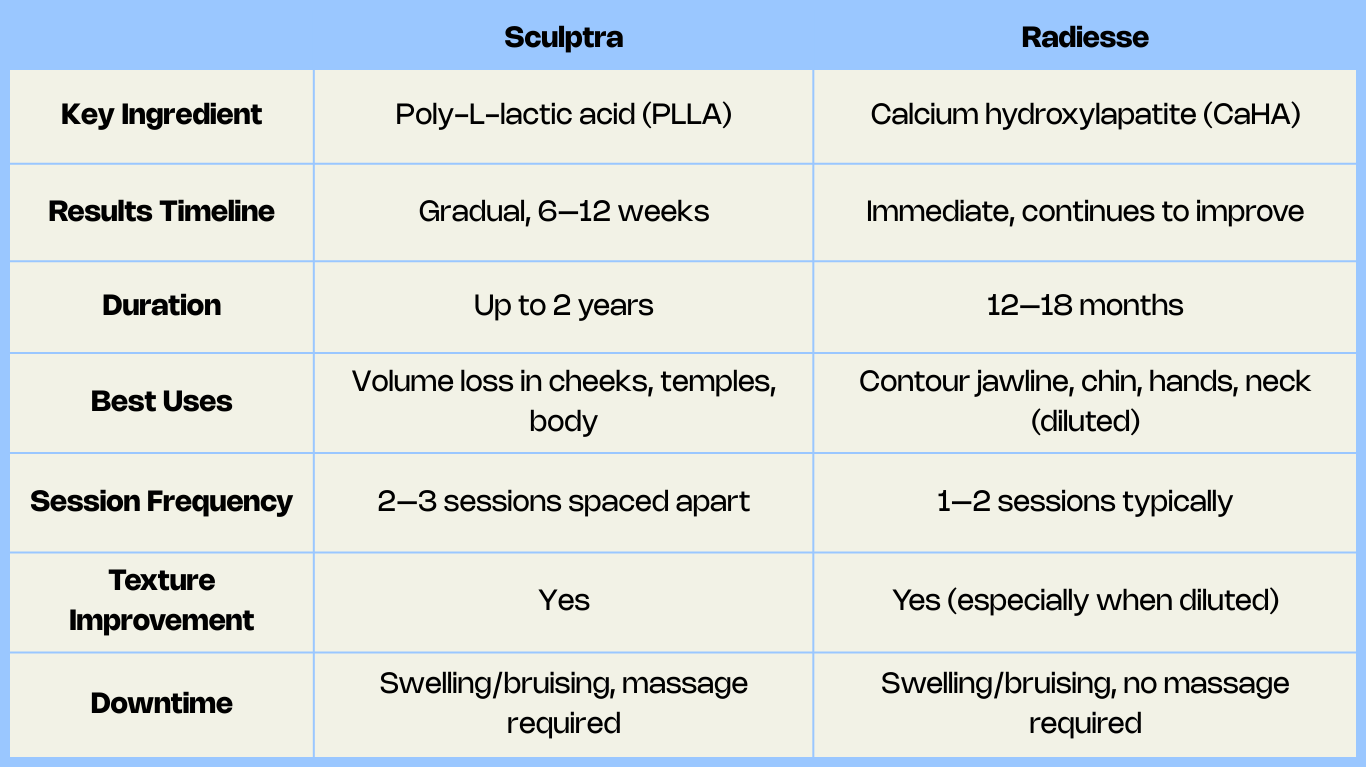
Sculptra vs Filler: What’s the Difference?
If you’re comparing Sculptra vs filler, it helps to know that Sculptra is not a traditional filler. Standard HA fillers work by adding volume directly into the skin with gel-like material. Sculptra works by inducing collagen production, leading to results that appear gradually and last longer (Haykal et al., 2025).
So, is Sculptra a filler? Technically, it’s a biostimulator. It doesn’t fill immediately but builds volume from within over time. This makes it ideal for those looking for natural, regenerative rejuvenation.
Pros and Cons of Sculptra
|
Pros
|
Cons
|
|---|---|
Pros and Cons of Radiesse
|
Pros
|
Cons
|
|---|---|
Which Is Better: Sculptra or Radiesse?
The best product depends on your goals, anatomy, and timeline. At Victoria Park Medispa, our expert injectors guide patients based on:
- Desired speed of results
- Skin quality and degree of volume loss
- Treatment areas (e.g., midface vs jawline)
- Long-term goals, such as whether you plan to have a facelift or other surgical procedures in the future
If you’re considering a facelift or other facial surgery in the future, let your provider know. Biostimulators can increase dermal density and collagen content, which your surgeon may want to account for when planning and performing the procedure. Your injector can recommend the best approach to ensure today’s treatment aligns with tomorrow’s plan.
In general:
- Sculptra is often chosen for patients seeking gradual, long-lasting collagen rebuilding and subtle rejuvenation.
- Radiesse is often preferred when immediate contour enhancement is desired, with the added benefit of collagen stimulation over time.
- In some cases, a combination of both can achieve optimal results across different facial zones
What to Expect: Treatment Timeline
Sculptra
- Days 1–3: Swelling and minor bruising may occur
- Weeks 1–3: No visible change yet as collagen production begins internally
- Weeks 4–6: Subtle improvements in volume and skin tone emerge
- Weeks 8–12: Full results appear, showing restored contour and firmness
- Months 4–6: Long-lasting structure continues to develop and hold for up to 2 years
Radiesse
- Immediately after injection: Visible lift and contour enhancement
- Week 1–2: Swelling subsides, and product integrates into tissue
- Week 4–6: Collagen and elastin begin reinforcing firmness and structure
- Month 6–12+: Results remain stable with gradual and natural fade
After Treatment & Real Patient Results
After Sculptra:
- Expect swelling, bruising, or mild tenderness
- Use the 5-5-5 rule: massage the area for 5 minutes, 5 times a day, for 5 days
- Results appear gradually over 8–12 weeks, with full results by 3–4 months
Results
before /after
- Before treatment
- After treatment
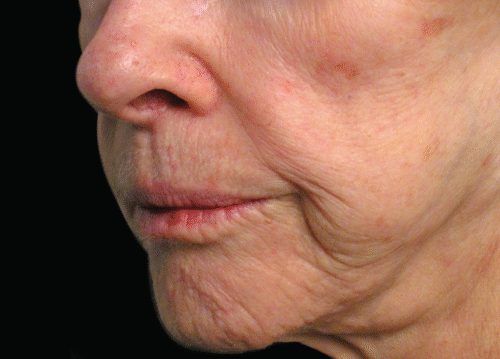
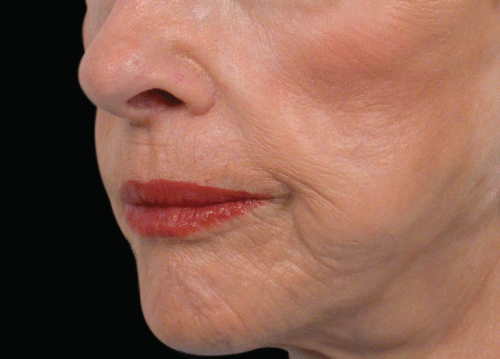
Warning: These photos are published for reference only to provide information on the nature of the treatment. They do not constitute a guarantee of results.
After Radiesse:
- Immediate improvement is visible
- Minor swelling or bruising may occur
- No massage is necessary unless the product is diluted for skin texture
- Full results stabilize over 2 weeks, lasting 12–18 months
Results
before /after
- Before treatment
- After treatment
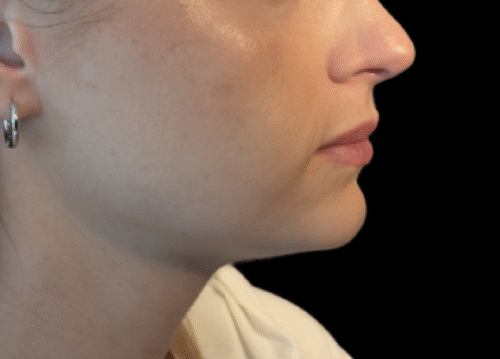
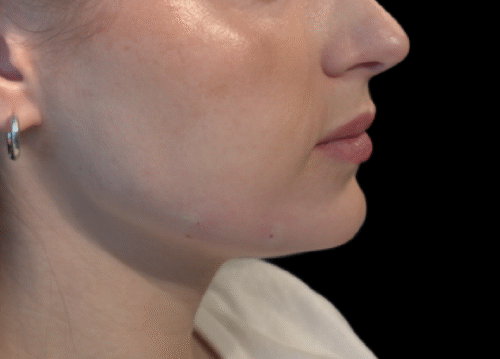
Warning: These photos are published for reference only to provide information on the nature of the treatment. They do not constitute a guarantee of results.
Conclusion
Both Radiesse and Sculptra offer excellent results for patients looking to improve facial volume and skin quality through collagen stimulation. While their mechanisms differ, one offering immediate volume and the other gradual rejuvenation, both treatments align with a more regenerative, long-term approach to aging gracefully. The best treatment for you will depend on your unique facial structure, how quickly you want to see results, and whether you’re planning future surgical procedures.
At Victoria Park Medispa, we’ll guide you through every step of that decision, designing a personalized treatment plan that aligns with your goals and delivers natural-looking results you can feel confident about.
Ready to See if Sculptra or Radiesse Is Right for You?
Schedule a personalized consultation with one of our providers to determine whether Radiesse, Sculptra, or a tailored combination is right for your aesthetic journey. Your goals and future plans matter, and we’re here to help you map the best path forward, and empower you to own your extraordinary with results that feel as good as they look.
Recent
articles
References
Berlin, A. L., Hussain, M., & Goldberg, D. J. (2008). Calcium hydroxylapatite filler for facial rejuvenation: A histologic and immunohistochemical analysis. Dermatologic Surgery, 34(s1), S64–S67. https://doi.org/10.1111/j.1524-4725.2008.34245.x
Fabi, S., Hamilton, T., LaTowsky, B., Kazin, R., Marcus, K., Mayoral, F., Joseph, J., Hooper, D., Shridharani, S., Hicks, J., Brasater, D., Weinberg, F., & Prygova, I. (2024). Effectiveness and Safety of Sculptra Poly-L-Lactic Acid Injectable Implant in the Correction of Cheek Wrinkles. Journal of Drugs in Dermatology, 23(1), 1297–1305. https://doi.org/10.36849/JDD.7729
Haykal, D., Haddad, A., Cartier, H., & Avelar, L. (2025). Poly-L-Lactic Acid in Aesthetic Dermatology: A Decade Beyond Volume Restoration Toward Regenerative Biostimulation. Aesthetic Surgery Journal. Advance online publication. https://doi.org/10.1093/asj/sjaf121



